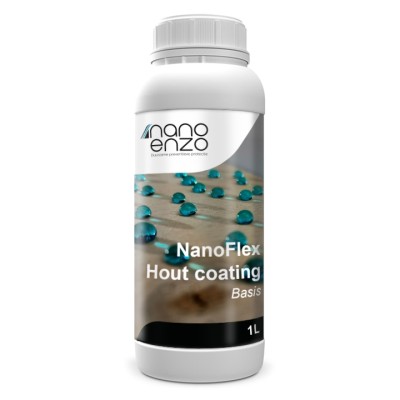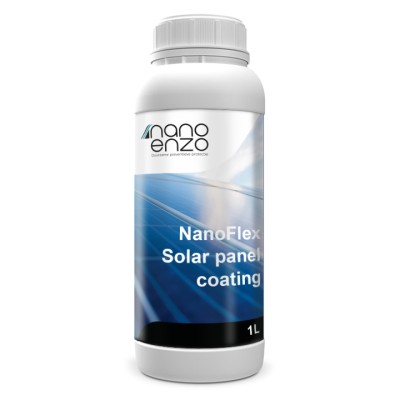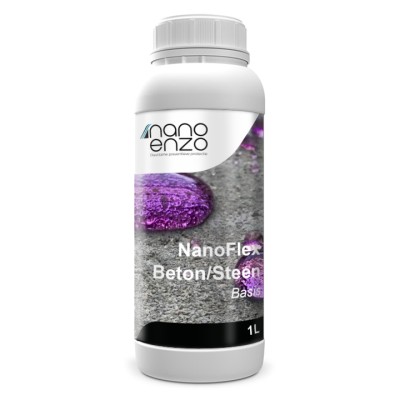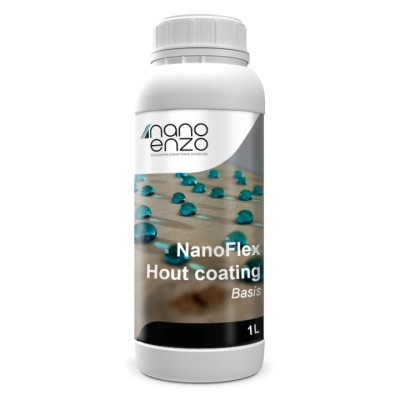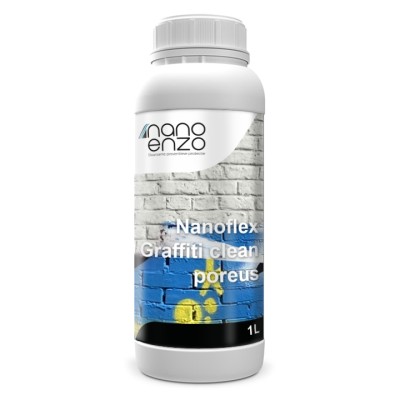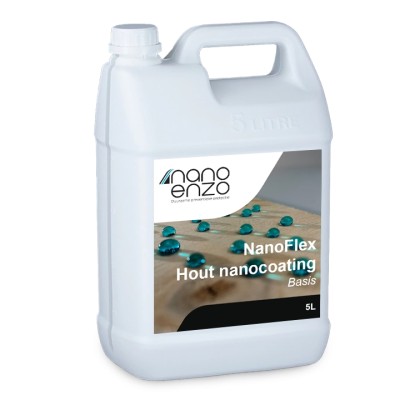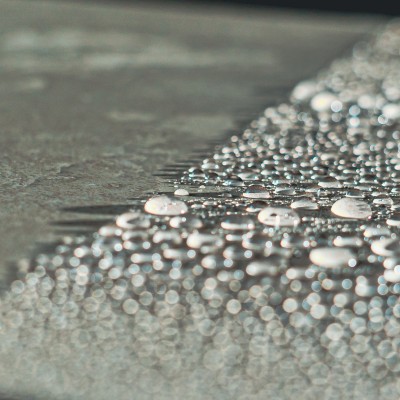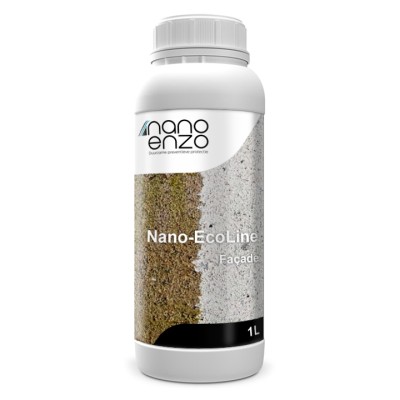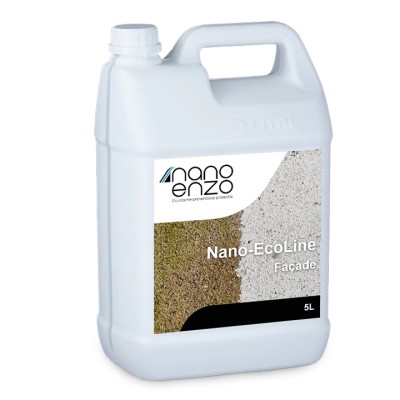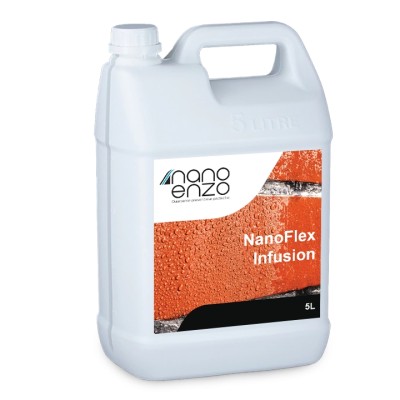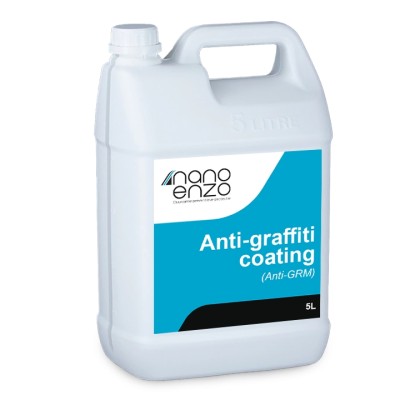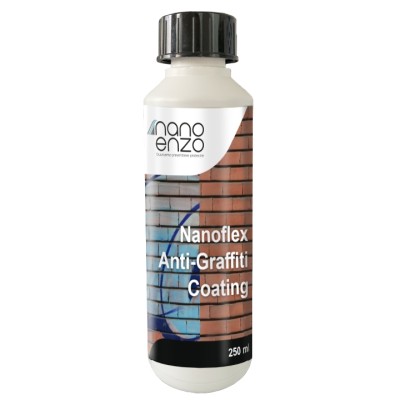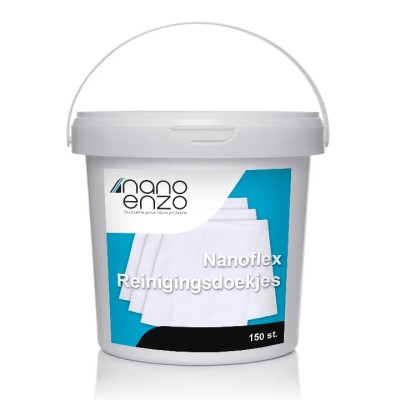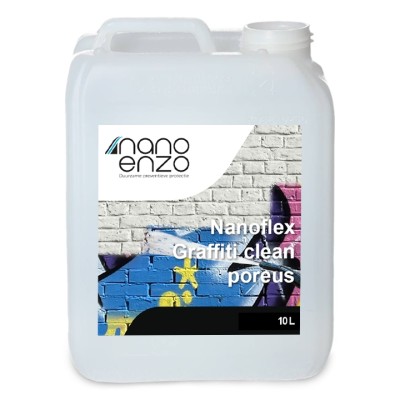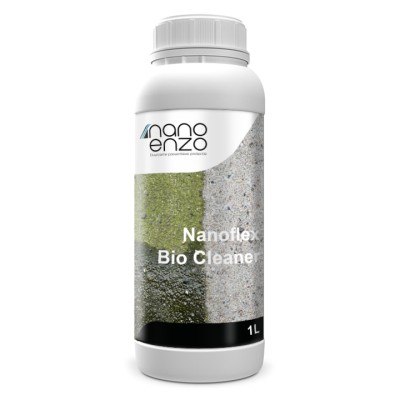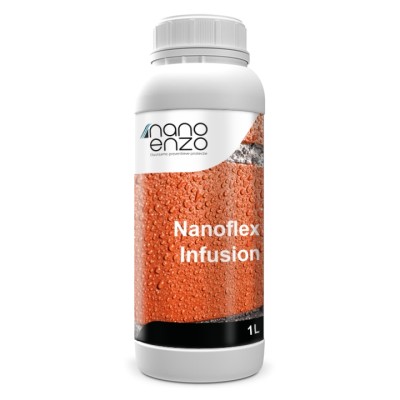You currently do not have any products in your cart.
-
Sustainability & Environment
-
Environmental Innovation
-
Premium Quality – Made in Europe
-
Ultimate Protection & Care
-
Efficiency & Cost Savings
Nano Coatings for Monuments
Nano coatings protect monuments from pollution, moisture and erosion. They prevent damage from the elements, reduce maintenance costs and preserve historical structures in their original state for longer.

Home Monument Care
The Use of Nano Coatings in Monument Care: Innovations for Protection and Sustainability.
In the world of monument care, the preservation of historic buildings and objects plays a crucial role in preserving our cultural heritage. The use of new technologies can contribute to these efforts, and one of the most promising innovations in this area is the application of nano coatings. These advanced technologies offer potential for both the protection and sustainability of monumental structures.
What are Nano Coatings?
Nano coatings are thin layers of nanomaterials that are applied to surfaces to enhance their properties. These coatings consist of particles ranging in size from 1 to 100 nanometers (a nanometer is one billionth of a meter), which gives them unique properties such as superior water repellency, dirt repellency and protection against UV radiation.
Benefits of Nano Coatings for Monument Care
Protection against environmental influences: Monuments are often exposed to harmful environmental factors such as moisture, pollution and UV radiation. Nano coatings can help to minimize these effects by providing a protective layer that prevents moisture and dirt from penetrating into the underlying materials. This can significantly extend the life of historic materials such as stone, brick and wood.
Increased Durability: The high hardness and wear resistance of nano coatings contribute to the durability of monuments. These coatings can help to prevent wear and tear due to weathering and other mechanical stress, which is especially important for monuments that experience a lot of traffic or other physical stress.
Ease of Maintenance: Nano coatings often have a dirt-repellent property, which means that they need to be cleaned less often. This can reduce maintenance costs and maintain the aesthetic value of monuments. Dirt and dirt are more easily wiped away without aggressive cleaning agents that can damage the original materials.
Prevention of Mold and Algae: Due to their water-repellent properties, nano coatings also help to prevent mold and algae formation. These microorganisms can not only cause aesthetic damage, but also contribute to the degradation of historic materials. An effective nano coating can help to solve this problem.
Applications and Examples
Architectural Stonework: Nano coatings have been successfully applied to the facades of historic buildings. For example, the application of silicate-based nano coatings to old stone structures has been shown to reduce water absorption and extend the life of the stonework.
Wooden Structures: For wooden monuments, nano coatings can help protect against moisture and pests. These coatings strengthen the wood without affecting its natural appearance, which is essential for the preservation of historic wooden structures.
Glass and Ceramics: Stained glass windows and ceramic elements in historic buildings can benefit from nano coatings that block UV radiation and protect the glass and ceramic from contamination and wear.
Challenges and Considerations
While nano coatings are promising, there are some challenges and considerations for their application in historic preservation:
Cost: Nano coatings can be expensive, which can be a barrier to large-scale applications in historic preservation. Grants and funding may be needed to make this technology more accessible. Compatibility: It is essential to ensure that nano coatings are compatible with historic materials and will not cause irreversible damage.
Long-term effects: While nano coatings offer many benefits, it is important to evaluate the long-term effects and impact on the aesthetics of the monument.
Conclusion
Nano coatings represent an exciting development in historic preservation, with the potential to improve the protection and sustainability of historic buildings and objects. Their unique properties mean they can help preserve our cultural heritage in a way that is both effective and efficient. As with any new technology, it is important to carefully consider how and where these coatings are applied, to ensure they contribute to preservation and do not cause unintended damage. However, with the continued advancements in nanotechnology, the role of nano coatings in historic preservation can only grow, offering a promising future for the preservation of our historic treasures.



